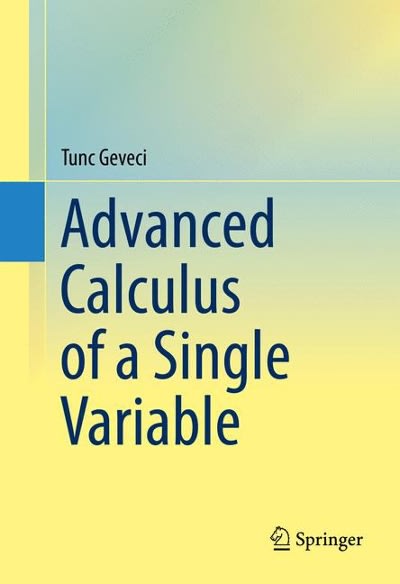Question
1. Scenario: Does emotional intelligence vary based on the type of preschool a child attends? A researcher collects data on 300 four-year-olds who attend different
1. Scenario: Does emotional intelligence vary based on the type of preschool a child attends? A researcher collects data on 300 four-year-olds who attend different local types of preschools. The researcher was able to collect data from four different types of preschools - Montessori, Waldorf, Parent Co-ops, and religious preschools. Emotional intelligence was quantified using the self-report Bar-On EQ-I, which ranges from 0 - 110, and is considered "scale" in nature. Assume data meets all assumptions for a parametric test. Question: As taught in 510/515, what is the most appropriate graph to illustrate this scenario?
a. Clustered bar graph
b. Scatterplot
c. Box plot
d. Bar graph
2. Scenario: Does amount of caffeine affect memory? This study was conducted using 30 participants who report they do not regularly consume caffeine. The researcher randomly assigned the participants to one of three conditions (none, moderate, or high caffeine) before completing a memory task. The memory task was quantified as number of items correctly recalled. Assume data meets all assumptions for a parametric test. Question: What is the scale of measurement of the dependent variable in this scenario?
a. Scale
b. Ordinal
c. Nominal
3. Scenario: Does emotional intelligence vary based on the type of preschool a child attends? A researcher collects data on 300 four-year-olds who attend different local types of preschools. The researcher was able to collect data from four different types of preschools - Montessori, Waldorf, Parent Co-ops, and religious preschools. Emotional intelligence was quantified using the self-report Bar-On EQ-I, which ranges from 0 - 110, and is considered"scale" in nature. Assume data meets all assumptions for a parametric test. Question: Which of the following best describes the research design?
a. Quasi-experimental
b. Predictive
c. Experimental
d. Descriptive
4. Scenario: Does emotional intelligence vary based on the type of preschool a child attends? A researcher collects data on 300 four-year-olds who attend different local types of preschools. The researcher was able to collect data from four different types of preschools - Montessori, Waldorf, Parent Co-ops, and religious preschools. Emotional intelligence was quantified using the self-report Bar-On EQ-I, which ranges from 0 - 110, and is considered "scale" in nature. Assume data meets all assumptions for a parametric test. Question: What is the most appropriate statistical test to conduct given this scenario?
a. Randomized ANOVA
b. Independent samples t-test
c. Correlated groups t-test
d. Repeated measures ANOVA
5. Scenario: Does amount of caffeine affect memory? This study was conducted using 30 participants who report they do not regularly consume caffeine. The researcher randomly assigned the participants to one of three conditions (none, moderate, or high caffeine) before completing a memory task. The memory task was quantified as number of items correctly recalled. Assume data meets all assumptions for a parametric test. Question: What is the most appropriate statistical test to conduct given this scenario?
a. Independent samples t-test
b. Randomized ANOVA
c. Correlated groups t-test
d. Repeated measures ANOVA
6. If 30 participants each completed a memory task three twice - once each after having no, moderate, or high levels of caffeine, calculate the degrees of freedom for between groups.
a. 28
b. 56
c. 29
d. 2
7. In an ANOVA, the higher the F ratio, the more likely you are to
a. correctly retaining (fail to reject) the null hypothesis
b. correctly reject the null hypothesis
c. make a Type II Error
d. make a Type I Error
8. When the variance _____ the groups is _____ and the variance _____ the groups is _____, we can expect a large F-ratio.
a. between; small; within; small
b. between; small; within; large
c. between; large; within; small
d. between; large; within; large
9. If, for a repeated measures ANOVA, F(2, 24) = 4.45, p < .05, how many conditions were there in the study?
a. 24
b. 3
c. 2
d. 48
10. If between-groups variance is small, then we have not observed
a. an effect of the dependent variable.
b. enough samples.
c. an effect of the independent variable.
d. experimenter effects.
Step by Step Solution
There are 3 Steps involved in it
Step: 1

Get Instant Access to Expert-Tailored Solutions
See step-by-step solutions with expert insights and AI powered tools for academic success
Step: 2

Step: 3

Ace Your Homework with AI
Get the answers you need in no time with our AI-driven, step-by-step assistance
Get Started


